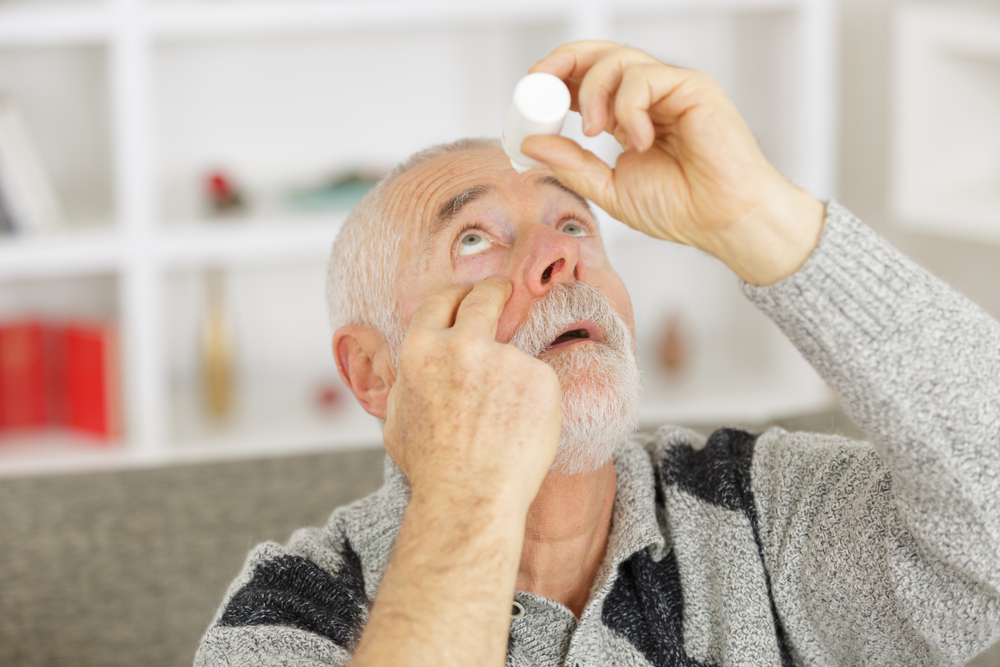
Dry eye syndrome and eye allergies are common eye problems that affect most people at one time or another. It is easy to confuse dry eye and allergies due to similar symptoms.
Both conditions can also occur simultaneously. For people who need corrective lenses, having dry eye or eye allergies can make it feel impossible at times to wear contacts. It is vital to understand the difference between dry eye and allergies to seek appropriate treatment.
Dry Eye Syndrome
Dry eye syndrome is a condition that results from the eyes' inability to produce adequate or quality tears. Eyes produce tears to help keep them moist. Tears also help wash away debris and dust particles, ensuring that the eyes remain clear and healthy.
Tears work as natural cleansers, protecting the eyes from disease-causing bacteria. When the eyes fail to produce adequate tears, they dry out, resulting in dry eye syndrome.
Eye Allergies
Eye allergies can also be called allergic conjunctivitis. Allergies result from the eyes coming into contact with substances or allergens that cause sensitivity. The allergens cause the eyes to release chemicals known as histamines to get rid of the substances.
The result is that the eyes itch, become sore, and swell up. You are more likely to suffer from eye allergies if you have nasal sensitivities or hay fever.
Symptoms of the Conditions
Both dry eye and eye allergies have some similar symptoms. The symptoms include itchiness, eye redness, grittiness, burning sensation, excessive tearing, and eyelid inflammation. The main difference is that allergies result in more intense itching than dry eye. Common symptoms of dry eye are the feeling of something in the eye, light sensitivity, blurry vision, and stringy discharge.
Causes of Dry Eye
Dry eyes have several causes. The condition can result from underlying health issues such as thyroid disease, rheumatoid arthritis, and Sjogren’s syndrome. Other causes are smoking, dehydration, low humidity, prolonged screen time, and hormonal changes.
Causes of Allergies
Eye allergies can result from different substances such as pollen, pet dander, dust mites, smoke, mold, fragrances, or perfumes. Eye allergies are usually seasonal, so they are more prevalent during certain months.
Treatment for Dry Eye
Treating dry eye conditions involves the treatment of the underlying symptoms. This includes treating the meibomian glands or underlying swelling and using prescription drops or artificial tears. If you use contacts, your eye doctor at Paradise Canyon Eye Care can prescribe special contact lenses to help keep your eyes moist.
Treating Eye Allergies
It is possible to treat eye allergies using mast cell stabilizers or antihistamines to stop histamine production. Cold compresses and artificial tears can treat allergies. Avoiding the allergens where possible, or wearing protective glasses, can help prevent eye allergies.
If you suspect that you may have dry eye or allergies, it is vital to visit your eye doctor in St. George. An eye exam will help determine the cause of the problem. You can get an accurate diagnosis and find out the underlying cause of the symptoms.
For more on dry eye and allergies or to book an appointment with us, call Paradise Canyon Eye Care in St. George, Utah at (435) 334-2331.







